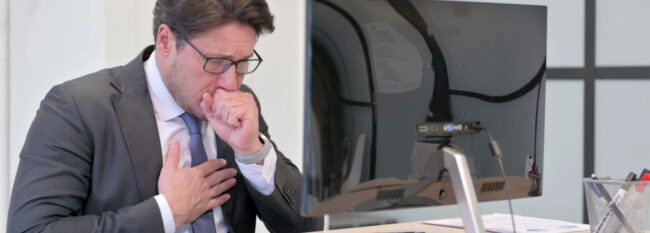Article
Personal Protective Equipment: The OSHA Standard

The Occupational Safety and Health Administration’s Personal Protective Equipment (PPE) Standard 29 CFR 1910.132-140 sets out the requirements for the selection of equipment that is intended to protect a worker’s head, face, eyes, hands or feet. The standard also includes specific requirements for employee training and documentation on the use of the equipment.
Employers must assess the workplace to determine if hazards are present or are likely to be present that will necessitate the use of PPE. It is important to note that personal protective equipment does not eliminate hazards and should be used as a last resort strategy. Only if hazards cannot be eliminated first through administrative, engineering and work practice controls should personal protective equipment be used. PPE is just one part of an overall safety program that includes workplace analysis; training; and a strong commitment to safety on the part of management, supervisors and employees.
General Requirements of PPE Programs
PPE should always be the last resort.
If PPE is determined, the employer must select and ensure each affected employee use the type(s) of PPE that will protect against the hazards identified.
- This selection must be communicated to the employee. Personal protective equipment must fit each affected employee properly. In addition to selecting PPE, the employer must verify the hazard assessment in writing.
- Employees must not use damaged or defective PPE.
- Whether employers supply personal protective equipment or employees provide their own, the employer is responsible to ensure its adequacy, including proper maintenance, cleanliness and sanitation of the equipment.
- The employer must provide training to each employee who is required to use PPE. Training must include information about when PPE is necessary; what PPE is necessary; how to wear PPE; the limitations of the PPE; and the proper care, maintenance, useful life and disposal of the PPE.
- Employees must be retrained when:
- The employer has reason to believe that the employee does not have the understanding or skill required to use the PPE.
- Changes have occurred in the workplace operation that render previous training obsolete.
- Changes are made regarding the type of PPE used.
- The employer must certify in writing that the employee has received and understands the training. This will be accomplished through a written certification that contains the name of each employee trained, date(s) when training took place and the subject of the certification.
Who Pays for PPE?
Minnesota Statutes, Section 182.655, Subdivision 10(a) requires the employer to provide approved personal protective equipment “at the cost of the employer.” Minnesota OSHA currently interprets this to mean that the employer must pay for the entire cost of the PPE that is adequate to protect the employee, meaning that the employer does not necessarily have to pay the entire cost of the most expensive piece of PPE on the market.
For example in the case of safety shoes, if the employer selects a $75 American National Standards Institute (ANSI) approved safety boot that is adequate to protect the employee, but the employee prefers a $200 ANSI approved model, the employer may elect to pay $75 to the employee toward the purchase of the more expensive model.
Similarly, if employees must wear prescription eye glasses to work in operations or areas that involve eye hazards, the employer has the option to provide ANSI approved prescription eye glasses or provide ANSI approved eye protection (known as visitor glasses) that fit over the employees’ existing prescription glasses.
If the employer establishes a policy requiring ANSI approved safety glasses, the employer must pay the cost of the lenses and frames for employees who need vision correction and nonprescription glasses for those who do not need vision correction. As with safety shoes, the employer may choose to limit the contribution for eyeglass lenses and frames. The employee is responsible for paying for the eye examination. Union contracts may provide more specific requirements, such as health plan reimbursement for eye exams and a higher contribution for “fashion wear” safety glasses.
Members who have questions about the OSHA Personal Protective Equipment Standard should contact their MCIT loss control consultant at 1.866.547.6516.
Topics



